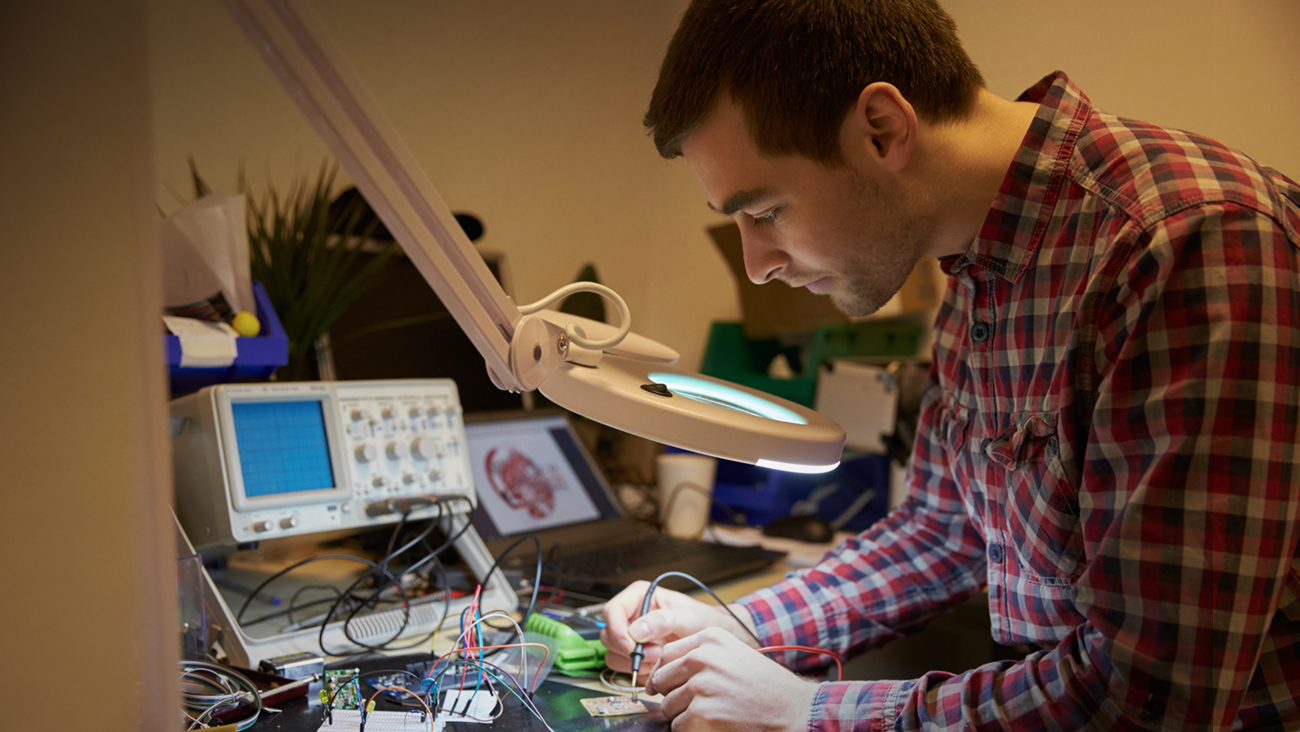What to Understand Before Choosing Your RF Signal Generator: Part 2
By Scott Blanchard

Sifting through the available signal generators on the market to find a reliable, cost-effective option for a test facility can be cumbersome. While it is good to have a basic understanding of the specifications listed on the datasheet, it still does not help with digging through the wide array of options in the marketplace. To make things a bit easier, let’s dive into the differences between our two Signal Generator Series, the LSG Series and the LMS Series, and how to use them effectively.
Understanding the Nuances of the LSG and LMS Series Signal Generators
Across all models, the LSG signal generators cover a frequency range from 20 MHz to 6 GHz, have power output levels up to 20 dBm, present excellent spectral purity with a phase noise as low as -105/-125 at 10/100 kHz, and have the operating modes of continuous wave and swept frequency.
The LMS signal generators operate with a fast 100us switching speed, an excellent frequency resolution of 100 Hz, have a frequency range of .5 MHz to 20 GHz, across all the models. They also offer a number of advanced features such as phase-continuous linear-frequency sweeping, internal/external 10 MHz reference, and optional pulse modulation.
Additionally, there are a number of convenient features that come with the purchase of either series. Both the LSG and LMS signal generators have “plug and play” capabilities with USB control and a compact, portable size at 4.90x3.14x1.59” (124x80x40 mm). One of the greatest advantages of these signal generators is that you can purchase them directly from our website with a readily available quote. You also have the ability to work with our outstanding customer support and engineering talent to request particular specifications or unique design attributes to fit your exact application needs.
How to use Vaunix Signal Generator
The LSG and LMS signal generators are powered and controlled through the USB port in any laptop or computer. Software, including a GUI, is included with all Lab Brick components; however, they are also programmable by means of labVIEW software. Frequency, frequency step size, power step size, and pulse and sweep modes can all be configured on the same screen. The GUI contains preset step sizes or can be configured to linearly sweep through a range of frequencies, allowing for simplicity with a level of customization. All file settings can be saved and recalled even when the signal generator is disconnected and reconnected to a power source. The LMS signal generator can be externally connected to a 10 MHz with the BNC connectors already attached to the lab brick. The pulse modulation option is also available on the LMS GUI with the minimum pulse repetition rate at 100 nanoseconds (ns) and a pulse trigger can also be externally connected with the BNC’s. Multiple signal generators can be operated simultaneously from a single computer through multiple internal USB ports or through a powered USB hub.
In a marketplace saturated with high-end signal generators that need a manual, Vaunix has created a modular signal source with excellent spectral purity, and ready to ship—not only making them a convenient op



